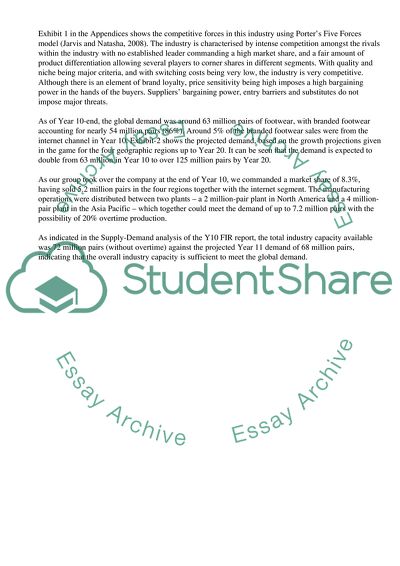Cite this document
(Business Strategy Game - Projected Demand for Athletic Footwear Coursework, n.d.)
Business Strategy Game - Projected Demand for Athletic Footwear Coursework. Retrieved from https://studentshare.org/business/1732914-simulation-report
Business Strategy Game - Projected Demand for Athletic Footwear Coursework. Retrieved from https://studentshare.org/business/1732914-simulation-report
(Business Strategy Game - Projected Demand for Athletic Footwear Coursework)
Business Strategy Game - Projected Demand for Athletic Footwear Coursework. https://studentshare.org/business/1732914-simulation-report.
Business Strategy Game - Projected Demand for Athletic Footwear Coursework. https://studentshare.org/business/1732914-simulation-report.
“Business Strategy Game - Projected Demand for Athletic Footwear Coursework”, n.d. https://studentshare.org/business/1732914-simulation-report.


